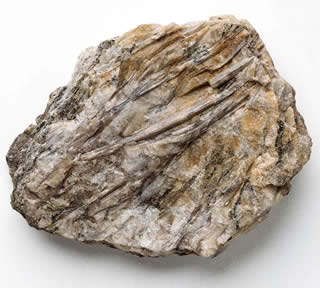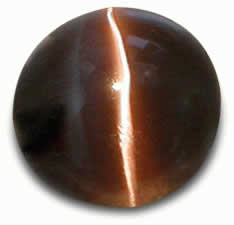Color: Light Honey Grey
Clarity: Eyeclean, Near Transparent
Cut: Oval Cabochon
Carat: 10.86 carats
Approx: 14.10 X 11.88 X 7.47mm
Treatment: None
Accompanied with Nan Yang Gemological Insitute Report
Report no.: 16804318
Note: Large size, sharp and straight cateye (chatoyance) on clean, near tranparent, even color specimen is not commonly seen.
Will make a fine, bold, statement ring.
Sillimanite Gemstones
Sillimanite is named after the American chemist, Benjamin Silliman (1779-1864). Silliman was one of the first American professors of science and taught at Yale University. He was originally trained as a lawyer and taught law at Yale. The president of the university proposed that Silliman study chemistry and natural history, and then assume a new professorship in the sciences at Yale. Silliman thus became an important chemist and geologist and discovered the constituent elements of many minerals. He was also the very first person to distill petroleum.
Sillimanite occurs in a number of colors, ranging from colorless to gray-white, yellowish, brownish and bluish. Sillimanite is rarely transparent. Sillimanite also occurs in a fibrous form sometimes known as fibrolite, so named because the mineral appears like a bunch of fibres twisted together. Some of this fibrous sillimanite displays chatoyancy (the cat's eye effect), often in an attractive violet-brown shade. Throughout history, sillimanite has been considered a rare gemstone that is known mainly to collectors. Deposits of sillimanite have been found in Burma, Sri Lanka, Kenya and the USA. Recent finds in India have made sillimanite more widely available, though it is still classified as a collector's gem. |



No comments:
Post a Comment